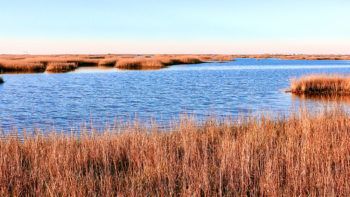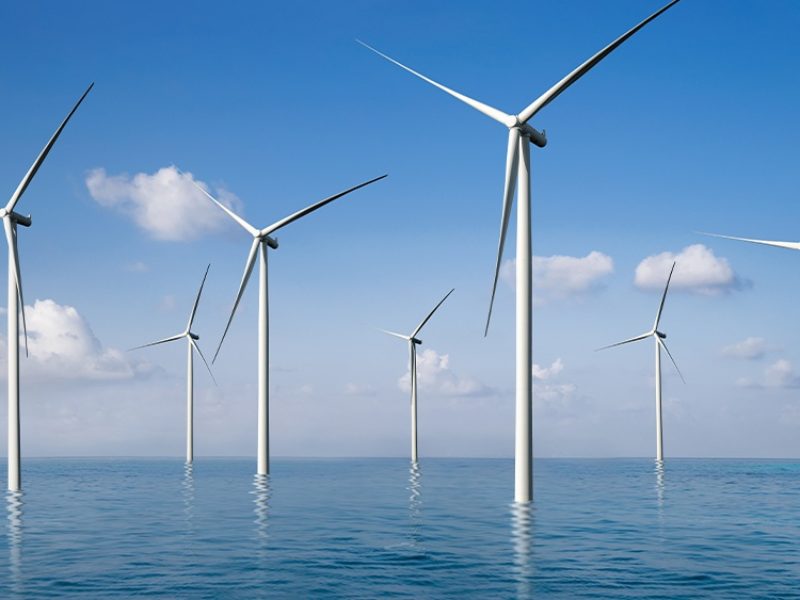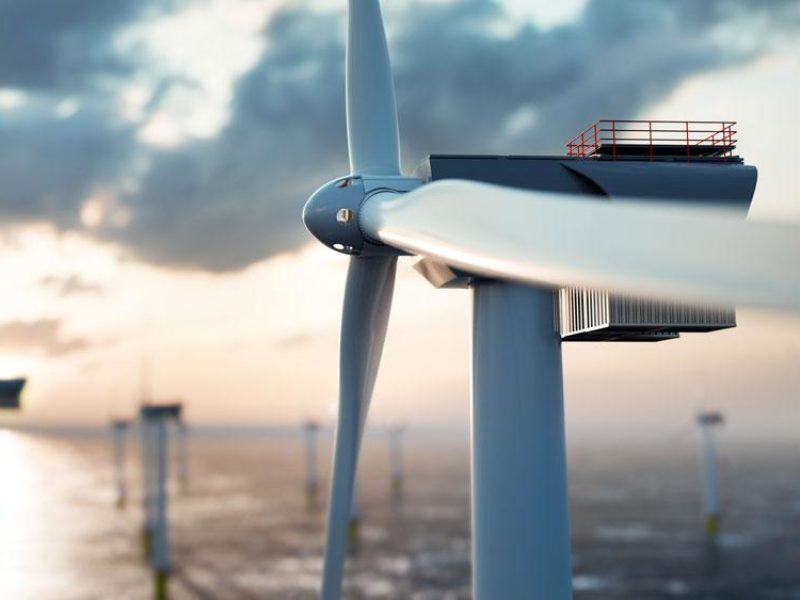Are Coastal Marshes Drowning Faster Than Expected?

Salt marshes are a fundamental habitat for fishes and birds, can capture and bury large quantities of organic carbon, and play an important role in protecting coastal communities from storm surges. Comprised of a delicate balance of just enough organic and inorganic deposit to keep them above water, coastal marshes are home to a rich variety of plants and animals.
But with sea levels rising at an accelerated rate, these vital ecosystems are drowning.
Orencio Duran Vinent, assistant professor in the Department of Ocean Engineering at Texas A&M University, and his team have discovered that rising water levels do not need to outpace the average growth of salt marshes for them to be swallowed by the sea. Instead, it is enough for water levels to increase at a rate slightly higher than the slower-growing areas within the marsh to lead to widespread drowning. The team found, through computational and analytical modeling, that the traditional approach to combating marsh drowning may not be the most effective for the ongoing preservation of these coastal ecosystems.
Their full findings were published in One Earth, a sister journal to Cell, in an article titled “Onset of Runaway Fragmentation of Salt Marshes.”
Using data collected by the Virginia Institute of Marine Sciences, the team constructed computational and analytical models to investigate how rising sea levels and the transportation of sediment affected the resilience of marshes. What they discovered was a new form of marsh destabilization, called runaway fragmentation, and ultimately, that the ecosystems could drown at a far lower rate of sea-level rise than previously believed. In fact, their model predicts that the current rates at which sea levels are rising are close to a tipping point for widespread marsh drowning.
Runaway fragmentation and the consequential drowning of salt marshes occur when the rising sea level slowly drowns interior regions within the marsh, creating small ponds over time in a process known as ponding. Each pond grows larger in size, eventually stabilizing as new inorganic sediment is deposited at the margins that prevent further drowning. However, more and more ponds appear over time, creating an environment that looks like Swiss cheese.
“Our research suggests that ponding is not just an isolated event but an early sign of extensive future marsh loss, even at current rates of sea level rise,” Duran Vinent said.
Duran Vinent said it’s a multidisciplinary problem that needs a multidisciplinary solution. And, as expected, it is complicated.
For example, providing aid to salt marshes was theorized to come in the form of reintroducing sediment into the environment, similar to filling in holes in one’s garden to help with drainage. Contrarily, the team’s data suggests the health of salt marshes — and, therefore, the likelihood of runaway fragmentation — depends less on sediment supply than on its vegetation and its organic material.
This is because, as Duran Vinent explained, in low-tide environments like the Gulf of Mexico, sediment is never deposited far from a marsh’s edge, creating a ring of inorganic material around the exterior of marshlands. This leaves the interior of a marsh dependent on organic material to survive sea-level rise.
“When looking at engineering interventions in coastal areas, it’s a lot easier to build something from scratch following traditional engineering approaches,” he said. “You have a clear problem, you have a clear procedure, you have your materials and then you build it. But whenever you move your focus to natural landscapes or ecosystems and how to sustain them, things get a lot more difficult. The way a natural landscape keeps the balance is sometimes very complicated. You cannot do blind interventions.”
Fundamental and accurate understanding of natural processes is critical to the advancement and innovation of new coastal preservation methods.
“We eventually want to contribute to the development of new approaches to coastal engineering and ecosystem restoration that uses the capacity of coastal ecosystems to support and rebuild themselves. There lies the potential of a sustainable development and future resilience of our coasts,” Duran Vinent said.
The research team includes Matthew L. Kirwan, associate professor at the Virginia Institute of Marine Science; Ellen R. Herbert, an ecosystems services scientist at Ducks Unlimited; Daniel J. Coleman, a doctoral student at the Virginia Institute of Marine Science; and Joshua D. Himmelstein, a doctoral student at the University of North Carolina at Chapel Hill.
This article by Hannah Conrad originally appeared on the College of Engineering website.





